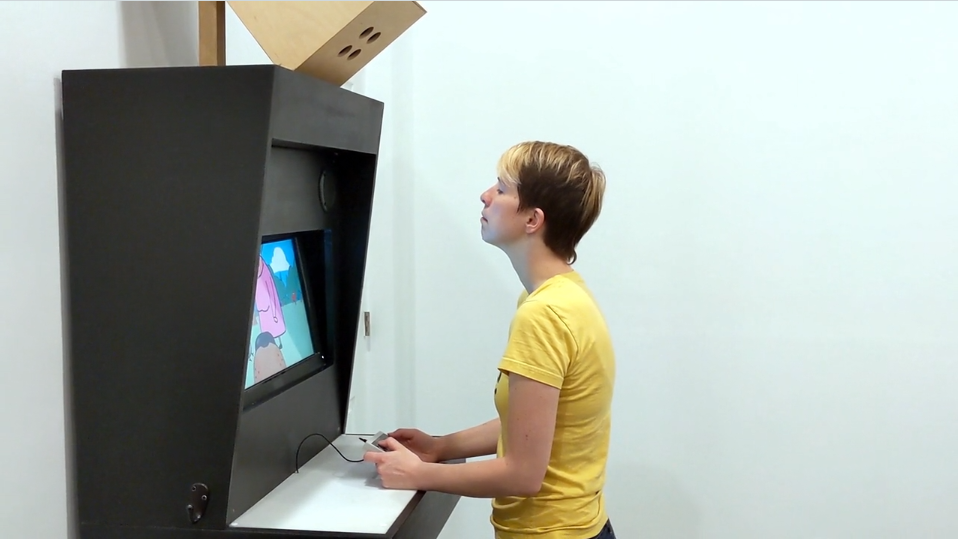As a pioneer in 3D animation and VR/AR simulation, Claudia focuses on adapting virtual simulations to historical subjects. She studied art and architectural history at NYU and Columbia University and now works in New York. Being a feminist artist, her work has huge historical references where she subverts canonical male rulers into something more fantastical with digital technology.
As a student majoring in architecture, I am interested in the representation of buildings and how it changes their expressions. Her project, THE DOLLS HOUSE, showcases historical empire buildings like The Arch of Labna and the Roman Forum of Caesar being thrown away like toys inside a giant warehouse. She also adds a rotating light source that casts shadows on those buildings, simulating the idea of sunrise and sunset, which showcases the passage of time and the decay of nations. What draws me most is her play with algorithmic flickering patterns on walls filled with symbols of decayed nations and also logos of multinational companies, hinting that nothing could last forever. The result looks surreal and hypnotic, but at the same time refreshing and enlightening, which encourages the audience to contemplate on time.
![[OLD SEMESTER] 15-104 • Introduction to Computing for Creative Practice](../../../../wp-content/uploads/2023/09/stop-banner.png)
